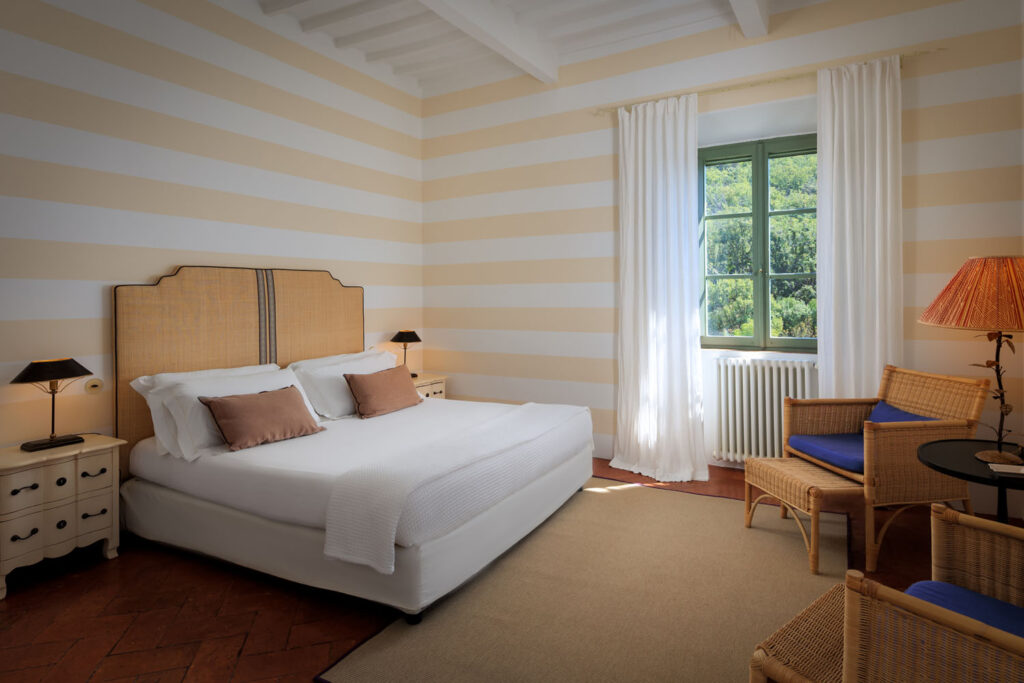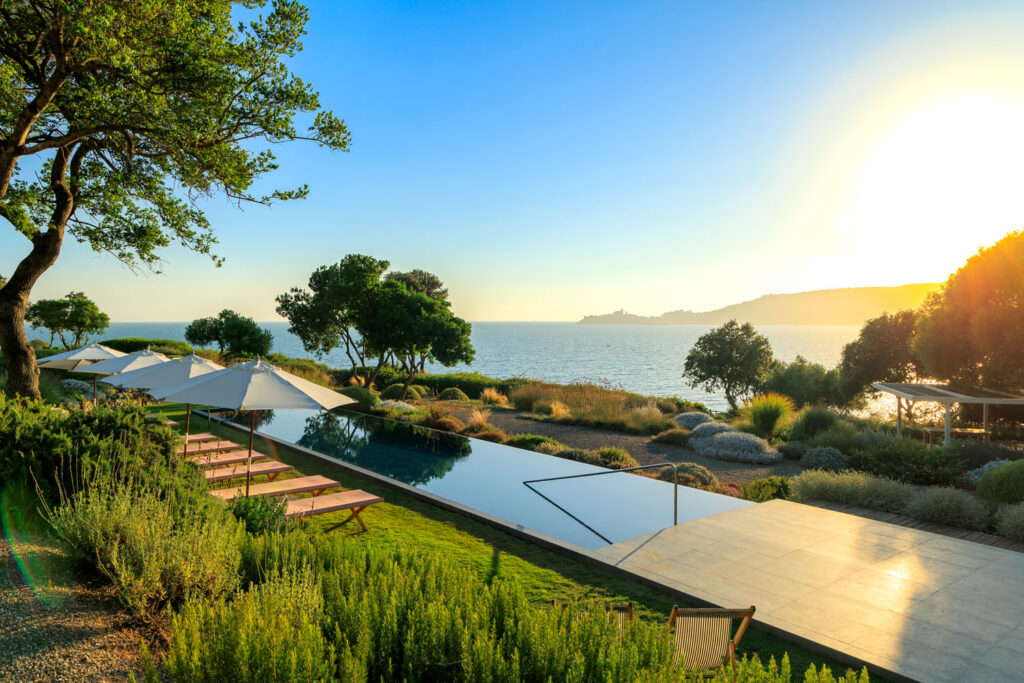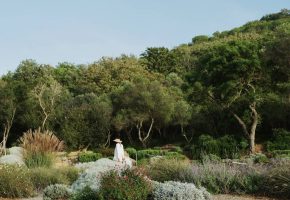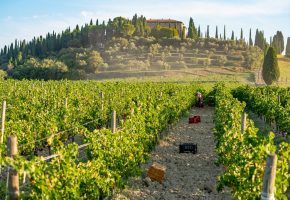Bagno Vignoni
DON’T MISS
The most characteristic attraction of the village is Piazza delle Sorgenti, a large pool that perhaps dates back to the 14th century and the source of the hot thermal water that flows at 49°C. Around the pool is a series of mostly medieval and Renaissance buildings. They include the portico with the chapel of Santa Caterina (XV century), the so-called Casa del Mugnaio (14th-15th century), the Palazzo Piccolomini (1460-63), the osteria known today as “del Leone” (XV-XVI century) and the Palazzina Chigi (18th century).
HISTORY
The oldest trace of a human settlement in Bagno Vignoni consists of a plaque from the Roman era with a dedicatory inscription, once inscribed on a wall of the current baths in the centre of the village and now no longer visible. In the inscription, a certain Lucio Trebonio Paterno dedicates a temple to the Nymphs as thanks for his recovery. In fact, it is plausible that the place was the object of some form of veneration in the Roman age, as was the norm for thermal springs. The width of the current tank corresponds exactly to 90 Roman feet, which supports this claim, but there is no concrete evidence that it is that old.
The name of the village stems from the ancient castle of Vignoni, whose remains stand on a hill overlooking the town. The oldest mention of Bagno dates back to 1170, when Emperor Frederick II granted it as a fief to Cardinal Unifredo. It was later owned by the lords of Tintinnano and at the beginning of the 14th century, it passed to the Salimbeni family, who sold it to the Republic of Siena in 1417.
In 1334, Simone di Jacopo Tondi described the town in a report to the Senate of Siena as follows: “accommodated and surrounded by palaces and taverns with a chapel in the middle. And there are places to withdraw, where ascended and watched, men and women can bathe, with the women’s bathing facilities removed from that of the distinguished males”.
Located near the route of the ancient Via Francigena, it was known and frequented by numerous illustrious figures. The mother of Santa Caterina da Siena lived her between 1362 and 1367 and brought her daughter here to distract her from her contemplative life and religious vocation, but Saint Caterina would insist on bathing in the hottest part of the water as a test of her faith. Pope Pius II Piccolomini, originally from nearby Pienza, also stayed here. In 1460, he had Rossellino build a palace overlooking the square and welcomed Lorenzo the Magnificent in 1490 in an attempt to relieve his arthritis. Michel de Montaigne was more disdainful in his judgement, immune to the beauty of place, writing on 25 September 1581 in his Journey to Italy: “There are a dozen little disgusting houses. It is nothing more than lousy”.
After the annexation of the Republic of Siena to the Florentine State and the birth of the Grand Duchy of Tuscany, the Grand Duke granted the baths in perpetuity in 1592 to the Amerighi family, with the obligation to carry out the necessary maintenance and maintain a bakery, a butcher’s, a tavern and the staff necessary for spa treatments. In 1677, Cosimo III created a small fiefdom that included San Quirico d’Orcia and Vignoni with its Bagno and gave it to the cardinal Flavio Chigi, exponent of an important Sienese family that still owns many properties here.
At the end of the 19th century, the healing properties of its waters attracted a considerable number of patients, so much so that in the village built four hotels, two for the well-to-do and two for the poorer ones.
In 1982, Russian director Andrej Tarkovskij filmed various scenes for his film Nostalghia here, which was awarded at the Cannes Film Festival the following year.
HOW TO GET HERE (100 km)
Take the Aurelia state road towards Grosseto. Take the exit for Siena/Roselle and merge onto the E78 highway (SS223). After about 18 km, exit at Paganico and take the SP64 to Cipressino. After about 15 km, turn left onto the SP52 and continue on the SP14 until you reach Montalcino. From here take the SP15 until you reach the SR2 Cassia, continuing south towards Viterbo. After about 11 km exit for Bagno Vignoni.





